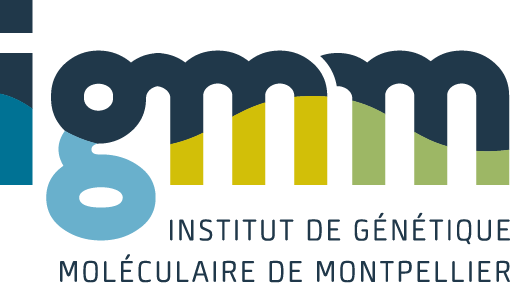The budding yeast heterochromatic protein Sir3 modulates genome-wide gene expression through transient direct contacts with euchromatin
Résumé
The SIR complex (Silent Information Regulator) is the building block of heterochromatic structures that silence underlying genes. It is well established that the silenced state is epigenetically inherited but it is not known how the SIR complex is maintained through cell divisions in optimal or variable growth conditions. The biological function of heterochromatin located in subtelomeric regions is also unclear since heterochromatin coverage appears to be limited to a few kbps near chromosome ends and the expression of subtelomeric genes is only marginally affected in the absence of the SIR complex. We use a three pronged approach to address these questions. First, nanopore-MetID, an in vivo foot printing technique similar to DamID that uses nanopore sequencing technology, identified over a thousand new transient contacts between Sir3 and euchromatic genes that are not detectable by ChIP-seq and revealed a previously undocumented low-density mode of Sir3 binding to subtelomeric regions that extends 15kbps downstream of subtelomeric SIR nucleation sites. Second, our measurements of genome-wide Sir3 exchange rates after exit from starvation show that heterochromatin is a highly dynamic structure in optimal growth conditions. Third, “spike-in” RNA-seq time course experiments in the same conditions reveal that Sir3 modulates global mRNA levels in correlation with fluctuations in nutrient availability. We now propose that subtelomeric regions serve as Sir3 hubs from which Sir3 is brought over to distal sites down the chromosome arm where it transiently contacts euchromatic genes in its path. We hypothesize that contacts between Sir3 and actively transcribed genes facilitate the removal of stalled transcription complexes and allow for optimal genome-wide transcription, which gives wt cells a competitive advantage over sir3Δ cells when nutrients are limited.
Domaines
Biochimie, Biologie Moléculaire
Origine : Fichiers produits par l'(les) auteur(s)



